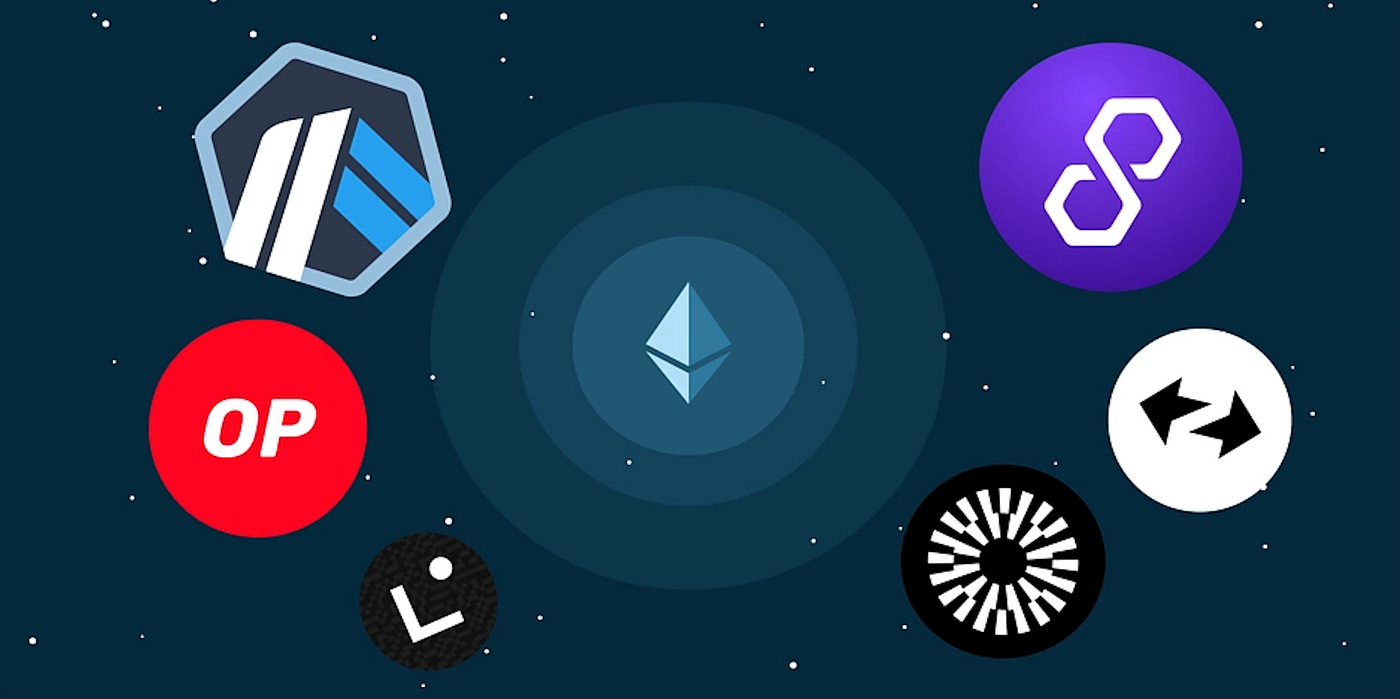Ethereum’s Layer-2 Networks Enter Profitability Race Amid Fee Compression
Ethereum’s Layer-2 Networks Enter Profitability Race Amid Fee Compression
By
David Goldfarb
Last updated:
October 21, 2025
First Published:
October 21, 2025

Photo: Medium
Ethereum’s long-standing goal of scalability is being tested in a new way. As multiple Layer-2 networks race to offer faster and cheaper transactions, a new challenge has emerged—profitability. Networks that once grew rapidly through incentives and hype are now being forced to prove that they can operate sustainably. The era of expansion has evolved into a contest of efficiency, where only the most cost-effective and technically refined Layer-2 solutions will survive.
The scaling revolution and its growing pains
Layer-2 networks were born out of necessity. Ethereum’s main chain, despite its robust security, could not handle high transaction volumes without driving gas fees to painful levels. Solutions such as Optimistic Rollups and Zero-Knowledge Rollups offered a lifeline by processing transactions off-chain and then settling them back on Ethereum. This architecture dramatically improved throughput while reducing costs, sparking a wave of adoption across DeFi platforms and gaming projects.
The pressure of falling fees
However, the very innovation that made Layer-2 networks attractive is now creating a profitability dilemma. As more competitors enter the market, transaction fees across networks are dropping. Users benefit from this fee war, but for Layer-2 operators, shrinking margins pose a serious concern. Networks that once thrived on transaction revenue are struggling to balance operational costs with user demand for near-free transfers. This has turned cost optimization into the defining challenge of the next phase of Ethereum’s scaling journey.
Battle for users and developers
With over a dozen active Layer-2 solutions—including Arbitrum, Optimism, Base, zkSync, and Starknet—the competition has shifted from technological superiority to ecosystem building. Each network is trying to attract developers with grants, partnerships, and exclusive tools. At the same time, they are offering users smoother on-chain experiences, lower latency, and cross-chain compatibility. But beneath the surface, these incentives often come at a financial cost, forcing networks to burn through their treasuries to maintain momentum.
Evolving business models beyond transactions
As transactional revenue declines, Layer-2 operators are exploring new business models. Some are experimenting with sequencer fees, shared revenue from DeFi protocols, or even monetizing the data layer of their ecosystems. Others are introducing governance tokens with utility features that tie network participation to economic rewards. The challenge lies in designing models that do not compromise decentralization while ensuring long-term viability. The networks that strike this balance may define Ethereum’s scalability future.
The role of Ethereum’s roadmap
Ethereum’s mainnet upgrades also play a critical role in shaping the Layer-2 economy. The upcoming Danksharding and Proto-Danksharding updates aim to make data availability cheaper and more efficient. While these changes will benefit users and developers, they could further compress Layer-2 revenue. Networks that rely heavily on transaction fees will need to adapt their strategies once again to remain profitable in this new, lower-cost environment.
User expectations and network identity
As competition intensifies, user expectations are evolving. They no longer see Layer-2s as technical alternatives but as distinct ecosystems with their own identities and cultures. Some networks are positioning themselves as gaming hubs, while others focus on institutional adoption or developer infrastructure. This diversification could lead to a more fragmented but resilient Layer-2 landscape, where survival depends not just on low fees but on offering a clear value proposition.
Institutional interest and enterprise scaling
The growing interest of enterprises in blockchain scalability adds another dimension to the race. Companies looking to integrate blockchain into supply chains, identity systems, or finance platforms are increasingly considering Layer-2 solutions for their flexibility and cost efficiency. Networks that can demonstrate reliability, compliance, and security are attracting these corporate users, creating new revenue channels that may offset declining retail fees.
The sustainability question
Behind the excitement of innovation lies a practical question—how sustainable are these networks without external funding? Many Layer-2 projects remain dependent on venture capital or foundation grants to cover operational costs. The push toward self-sustaining models will likely define the next wave of consolidation. Inefficient or poorly differentiated projects may fade out, while those that innovate on both the technical and business fronts will strengthen their foothold in the Ethereum ecosystem.
A new phase of maturation
What is unfolding now is not a crisis but a maturation process. The race for dominance among Layer-2s is driving the ecosystem toward higher standards of performance, transparency, and economic discipline. Ethereum’s scaling journey was never about a single solution but a network of evolving technologies learning to coexist and compete. As fees drop and expectations rise, the winners will be those that transform cost efficiency into long-term value—paving the way for a truly scalable, inclusive, and sustainable blockchain future.
Popular articles
Subscribe to unlock premium content
Disney’s Timeless Magic and How the Entertainment Giant Continues to Shape Culture and Innovation

Imran Khan’s Economic Missteps Amid Political Chaos in Pakistan

The Philippines’ Digital Shift How Remittances and BPO Are Fueling Growth

Disney’s Timeless Magic and How the Entertainment Giant Continues to Shape Culture and Innovation

Imran Khan’s Economic Missteps Amid Political Chaos in Pakistan

Disney’s Timeless Magic and How the Entertainment Giant Continues to Shape Culture and Innovation









